In Malaya, Force 136 was a member of the British Special Operations Executive (SOE), a secret service organization active during WWII. Force 136 personnel were tasked with assisting the anticipated British invasion of Japanese-occupied Malaya by recruiting and training local guerillas.
They also gathered intelligence and set up an underground spy network.
Origin of Force 136
Invading Japanese forces captured Singapore in February 1942. Colonel Basil Goodfellow, a British commander, was evacuated shortly before the British capitulation and established the Malayan Section of Force 136.2 in July of the same year. Goodfellow was advised by two other British commanders who managed to flee the island. Captain Richard Broome, a government official, and Captain John Davis, a police officer who had trained local guerillas at the 101 Special Training School before the Japanese invasion, were the two men.
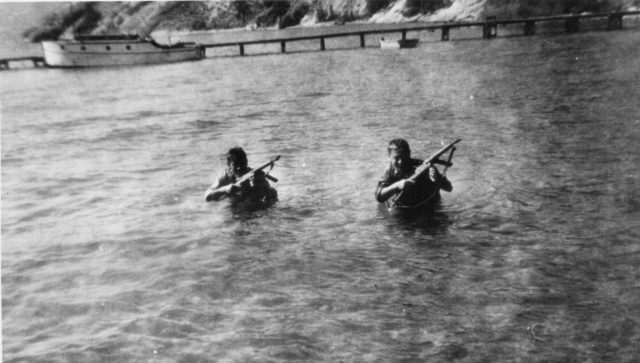
Force 136 wanted Chinese recruits for their commando squads in Malaya in order to achieve their goals. This was important because Caucasian operatives couldn’t blend in with the locals, and anti-Japanese feelings were widespread among the Chinese minority.

However, because the unit was based in Calcutta, India, it was unable to recruit Chinese men until Major Lim Bo Seng joined the force and used his ties in Chongqing, China to find suitable personnel. The majority of Lim’s recruits, including Tan Chong Tee, were Malayan Chinese who had been living in China throughout the Japanese occupation. Lim, like his recruits, was a member of the Kuomintang political party and had been taught to operate wireless signal equipment as well as gather intelligence.
Given their fluency in Cantonese, Davis and Broome were assigned to head the first two commando squads to penetrate Malaya, codenamed Gustavus 1 and 2. Davis, an enthusiastic trekker, and experienced navigator was also familiar with jungle conditions. Because there were no Allied planes capable of completing the round trip from British-held territory to Malaya at the time, the teams were transferred to Malaya by a Dutch submarine from Ceylon. Throughout the war, there would be a total of six Gustavus teams that would land in Malaya.
Operation Gustavus in Malaya
Davis and five Chinese agents arrived north of Pangkor Island on the Perak coast on May 24, 1943. In the Segari Hills, a base camp was built, and agents were dispatched to the plains to develop an intelligence network by getting cover jobs in Perak.
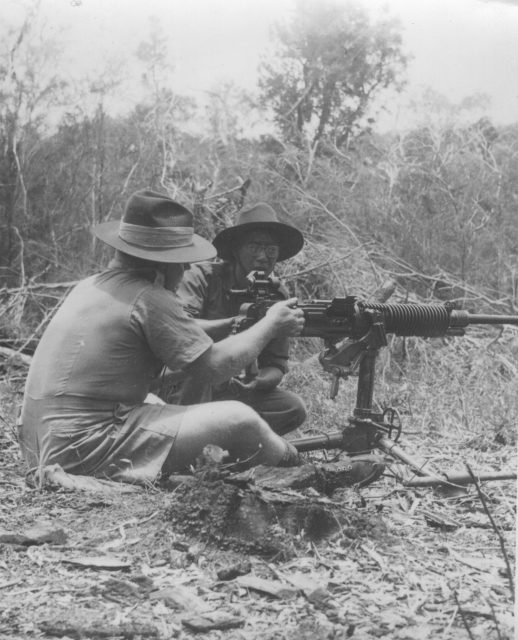
On September 30, 1943, the communist-led Malayan People’s Anti-Japanese Army (MPAJA) made contact with the main resistance movement. Davis’ team’s liaison officer was none other than Chin Peng, the Malayan Communist Party’s future secretary-general (MCP)
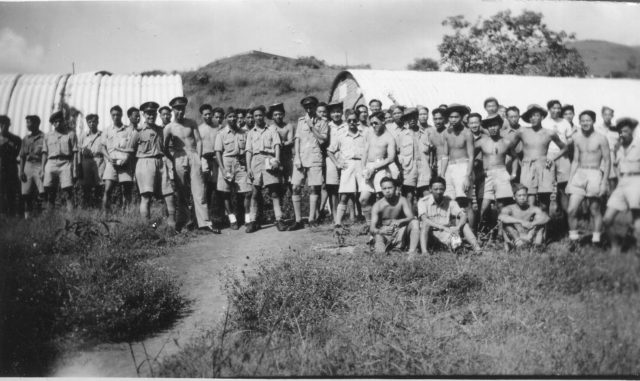
Force 136 met with the MPAJA for the first time on January 1, 1944. The meeting formalized their desire to work together against the Japanese and secured the MPAJA’s agreement to assist in the re-establishment of British control when the Japanese surrendered. In exchange, the Allies would equip the MPAJA with weaponry, training, finances, and medical supplies. At the meeting, it was also agreed to put aside considerations about future British policy against communists.
Force 136, on the other hand, was unable to provide the MPAJA guerillas with the promised support because the agents failed to contact their headquarters (HQ), which had relocated from Calcutta to Ceylon, directly. Its wireless transmitter was hidden near its coastal landing zone, but due to the transmitter’s sheer weight of 450 lbs (204 kg), it could only be transported by bullock cart. The Japanese were afraid of being discovered when carrying this wireless gear, so they didn’t move it.
Field Operation
Behind Japanese lines in Burma, Force 136 was also involved in more traditional military operations. A group of up to 40 infantrymen, accompanied by officers and a radio operator, may infiltrate Japanese lines on intelligence and discretionary search and destroy missions. Using high-grade ciphers (changed daily) and hermetically sealed radio/morse sets, such operations, which might last several weeks (supplied by C47 transport aircraft), maintained close wireless contact with operating bases in India.
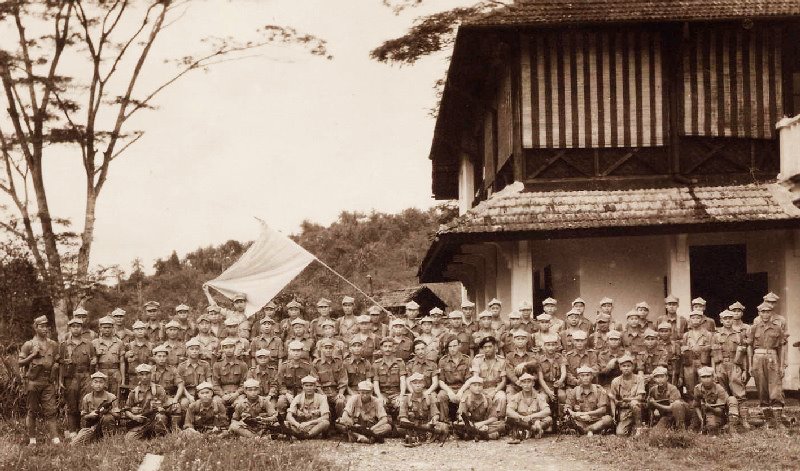
Every day at pre-arranged times, the Radio Operator climbed to a high observation position, generally requiring a grueling climb to the top of some treacherous, high, jungle-clad ridge, and communicated the latest intelligence information and the group’s supply demands, as well as receiving further orders. A mission’s success hinged on the Radio Operator, and his capture or death would spell disaster for the mission. Every SOE operative was given a cyanide pill to avoid being captured and used under duress by the Japanese.
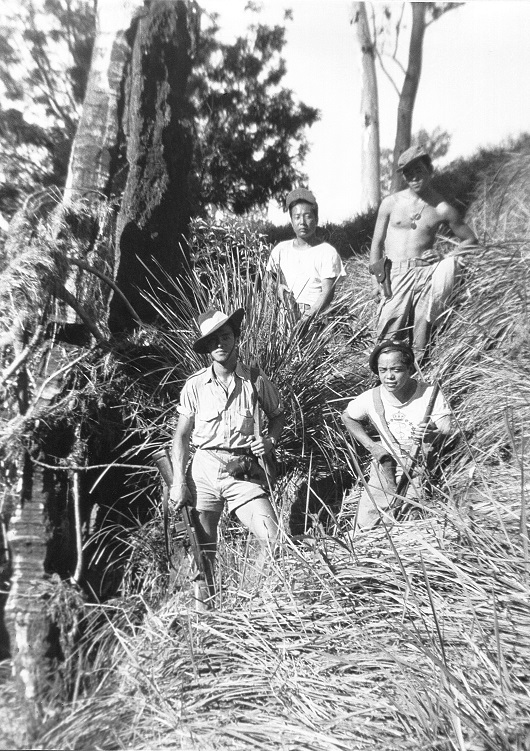
James Gow, who detailed his first mission in his book “From Rhunahaorine to Rangoon,” was one of these Radio Operators. At the Battle of Kohima in the summer of 1944, the Japanese march toward India was halted. Following the combat, the Japanese forces dispersed and retreated deep into the bush. He was despatched from Dimapur with a 40-strong company of Gurkhas to locate groups of Japanese forces, assess their strengths, and their organized state as part of an initiative to see if they were regrouping for a future push.
Sources:TikTok Syahmi Azizi, Singapore Infopedia, The Chinese Canadian Military Museum, Roots, War History Online, Military Wiki

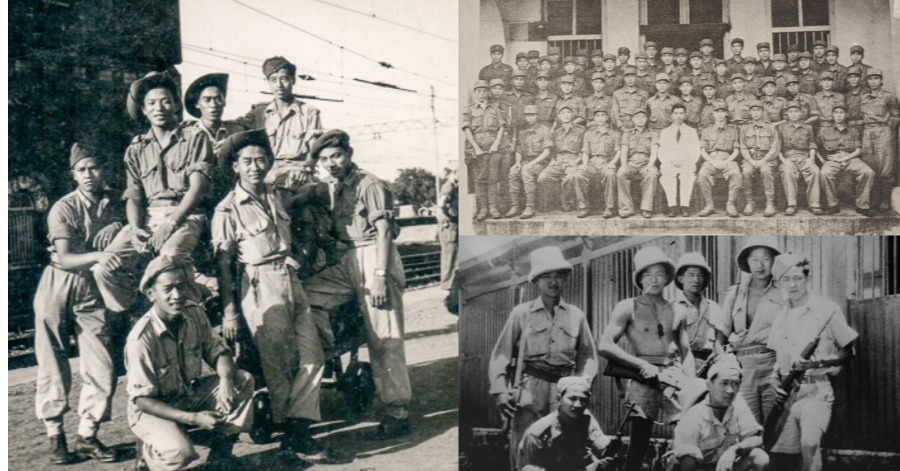
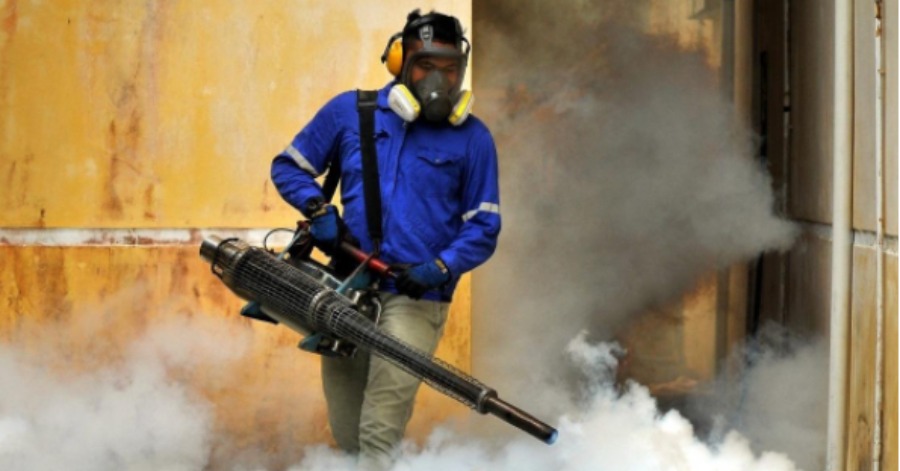
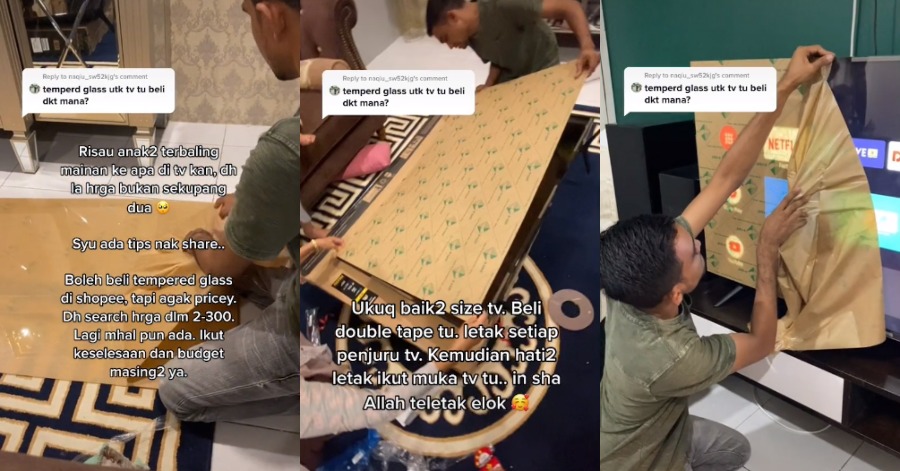




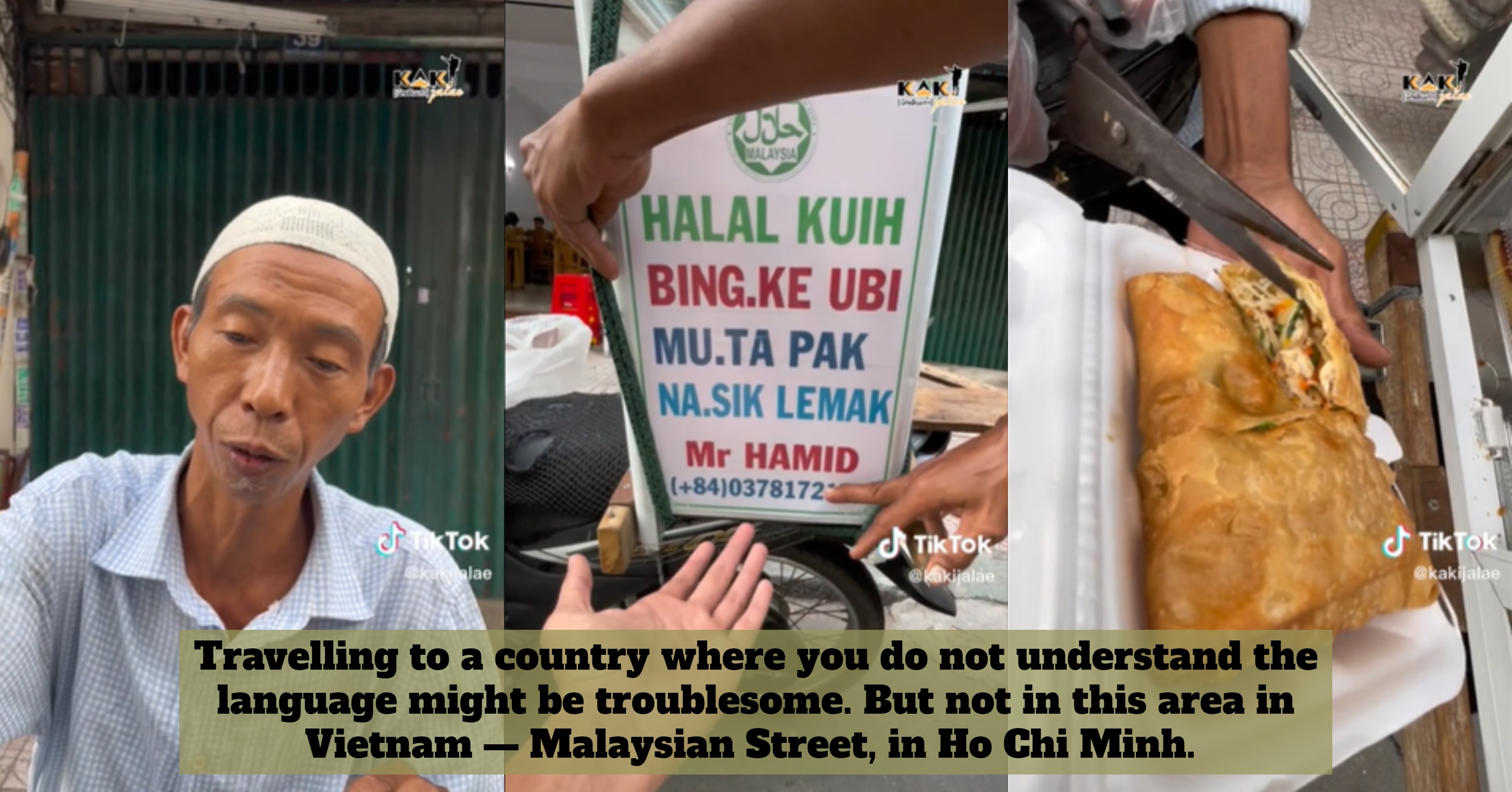
Leave a Comment